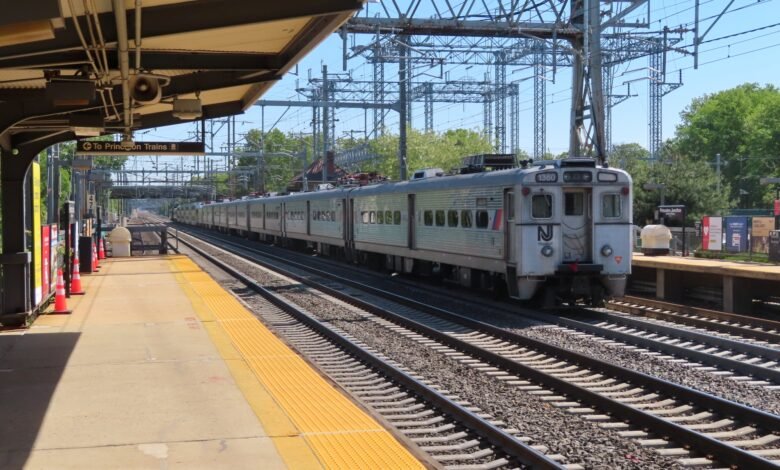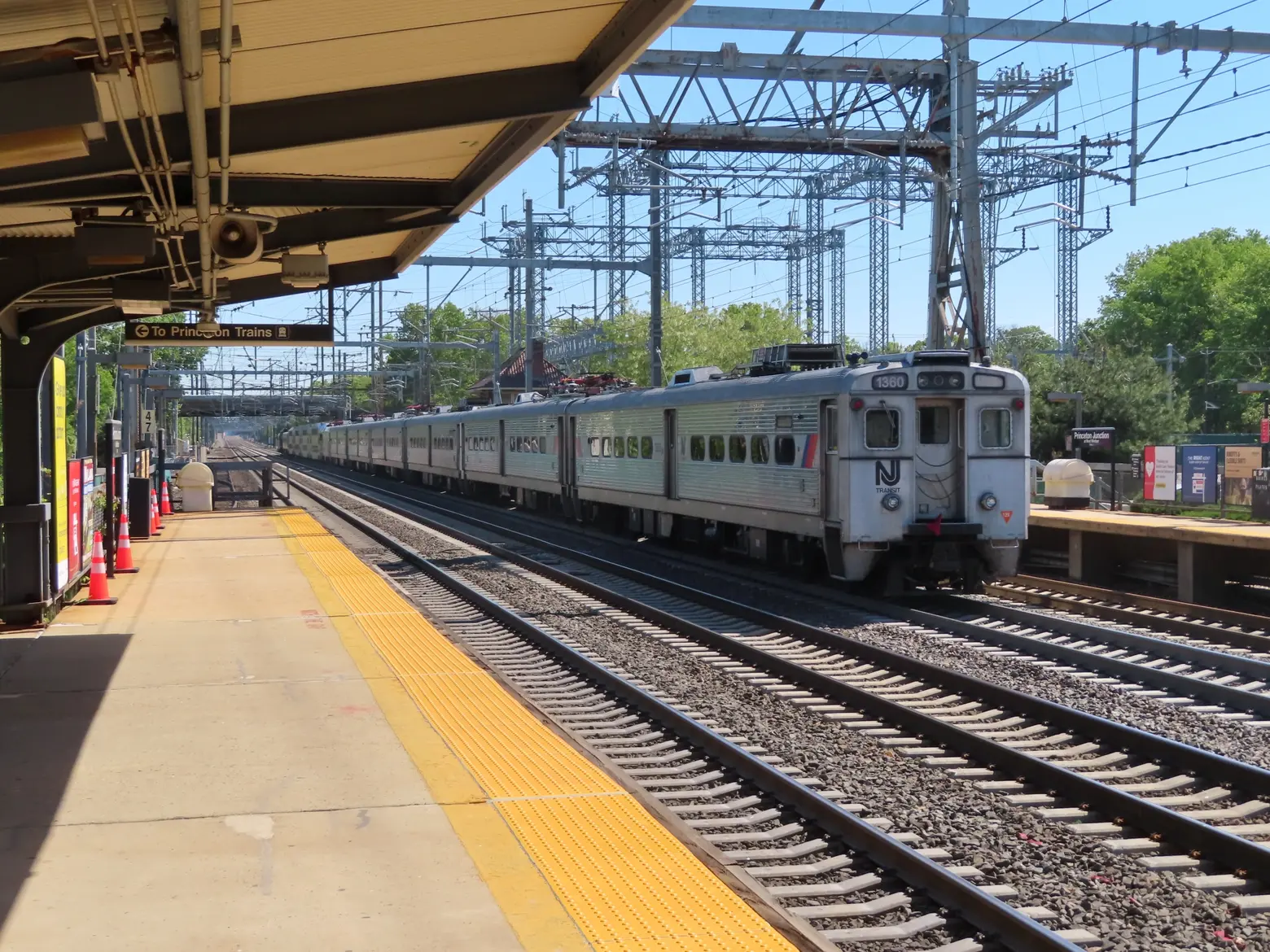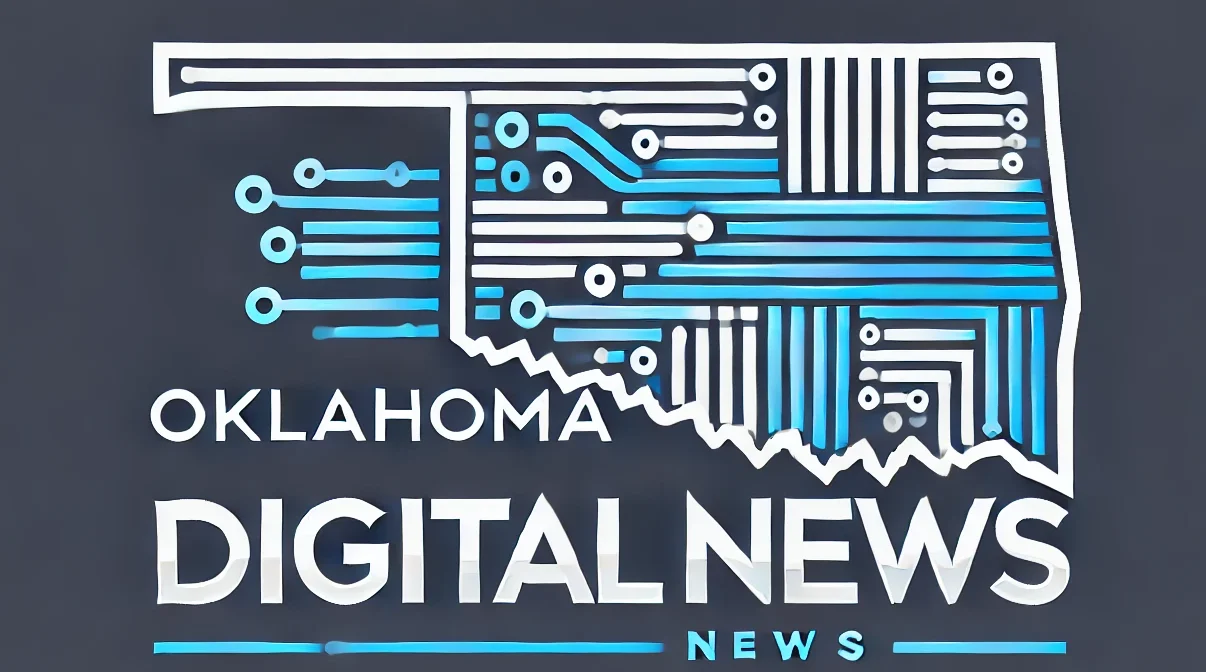Amtrak, NJ Transit reveal progress in fixing equipment that caused outages last summer


Amtrak and NJ Transit say they’re making significant progress on infrastructure improvements to avoid the breakdowns and delays that plagued the rail lines last summer. At a working summit on Tuesday, rail officials announced that more than $12 million in upgrades and repairs have been completed, including the inspection and repair of overhead wires that power both rail companies’ trains. The improvements target key “hot spots” near Penn Station and in Secaucus, New Jersey, where trains frequently break down.
“Over the past year, we have been working diligently to address many of the issues that riders endured during the summer of 2024,” New Jersey Gov. Phil Murphy said. “In partnership with Amtrak, we have embarked on an ambitious effort to increase inspections, accelerate repairs, and expand funding for capital investments.”
Last summer, rail travel in and out of the tri-state area was plagued by repeated infrastructure breakdowns and service disruptions. In June, Amtrak and NJ Transit service out of NYC was disrupted three times in one week due to power outages, disabled trains, and overhead wire issues.
In August, Murphy announced that NJ Transit trains and buses would be free for one week at the end of the month to thank riders for dealing with summer’s service problems.
In response, the rail companies developed a joint action plan to bolster the rail systems against future incidents, outlining a series of immediate actions, investigations, inspections, and repairs. These repairs have already led to NJ Transit’s on-time performance returning to over 90 percent, according to a press release.
Since June, Amtrak has completed more than 9,500 hardware replacements between Trenton and Penn Station, with upgrades finished at three substations so far and work planned at eight more throughout the year. The rail company is also conducting track, signal, and infrastructure improvements along the Northeast Corridor in New Jersey and rebuilding underutilized interlockings within Penn Station.
Both rail companies have increased “visual pantograph inspections” and continued training engineers on inspection and handling, including a second, more comprehensive round of helicopter inspections of the “catenary” and other electric signals.
The rail companies have agreed to service outages over 12 weeks leading up to summer 2025 to minimize potential impacts on travelers and maximize the impact of the investments.
NJ Transit has invested over $1 billion in a fleet of 174 new Multilevel III rail cars currently on order. These cars will feature Automatic Drop Devices similar to those used on Amtrak trains. The technology automatically drops a pantograph if damaged, helping crews locate the fault and reducing the severity of incidents caused by overhead wire failures. An additional $1 billion investment in 200 new Multilevel II cars is planned for later this year.
To reduce the impact of extreme heat, both rail companies have enhanced their response plans, including strategic placement of protect crews and heat-forecast-triggered catenary inspections. Additionally, Amtrak’s new summer preparation protocols call for “pre-emptive activities” to be completed before May 31, including data, past practices, and international best practices to protect against common heat failures.
Amtrak and NJ Transit are also working with the U.S. Department of Transportation to review the $112 million pledged to the rail lines under the Biden administration. However, railroad officials worry the Trump administration may rescind that funding, according to Gothamist.
RELATED:
Interested in similar content?
Source link




